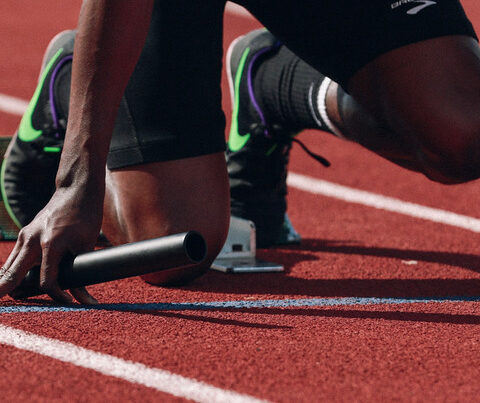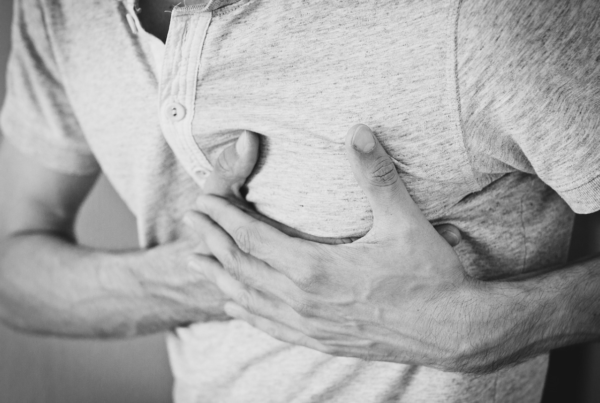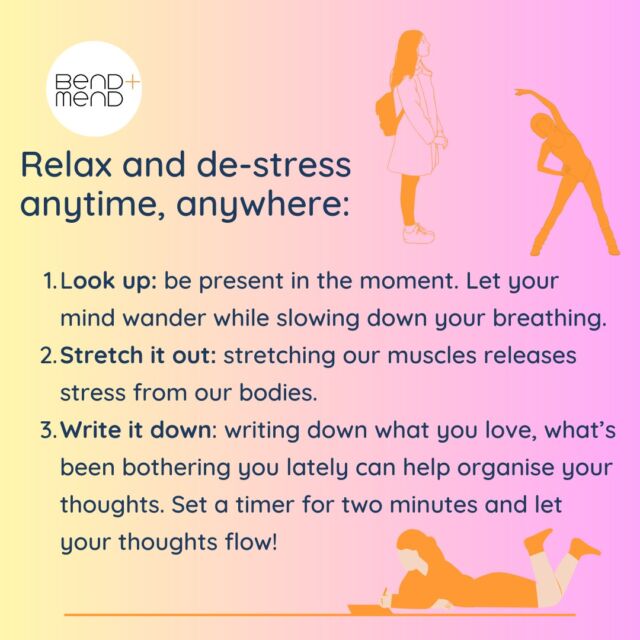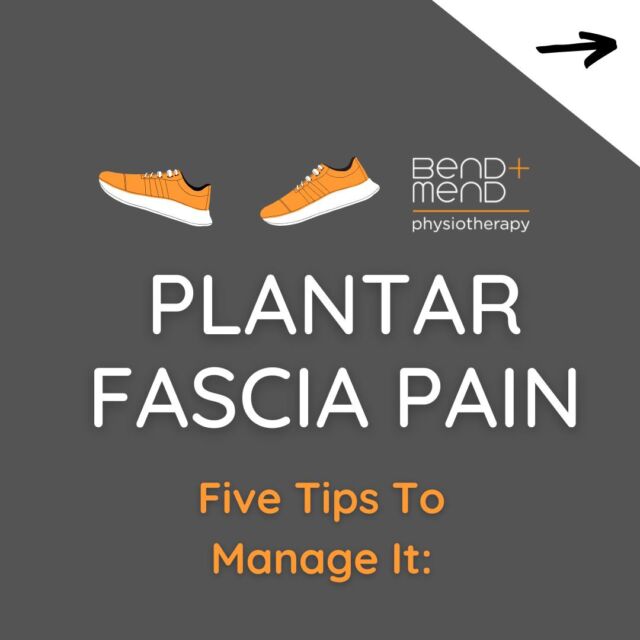Are you someone who has stumbled your way to the end of an endurance race in the presence of calf cramping? You’re not alone – up to 50% of marathon runners are known to cramp up during a race. This high percentage might reflect the elusiveness surrounding its cause.
Different theories have been documented; however none of them seem to entirely account for all cramping cases.
- Electrolyte depletion
- Dehydration
- Muscle fatigue & altered neuromuscular control
Being the most commonly discussed, there is obviously a link between dehydration and electrolyte depletion. We have known for a long time that those working in hot, sweaty conditions (labourers at the peak of summer) have been known to suffer cramping, hence supporting these two theories for its cause. In particular, magnesium and sodium depletion, lost through sweat, have been detailed as the two most common culprits which has prompted the widespread availability of these supplements. Electrolyte based sports drinks also market the fact that their consumption will reduce your likelihood of a cramp.
Despite widespread agreement that dehydration and electrolyte depletion have a primary role in the development of muscle cramping, these theories have been challenged. Several studies on marathon runners and triathletes have shown that those athletes who cramped had the same hydration and electrolyte levels as those who didn’t cramp.
Maybe this why salt tablets or magnesium supplements often don’t work to combat cramps in this population… Interestingly, a recent systematic review found no strong evidence to support the use of magnesium to treat or prevent muscle cramps.
Another theory has been investigated – muscle fatigue and altered neuromuscular control. This is a relatively complex process involving nerve activity and the muscle itself. I will simplify it.
- A muscle will contract when it is provided with excitatory nerve input (i.e. the muscle is switched on)
- A muscle won’t contract when it is provided with inhibitory nerve input (i.e. the muscle is switched off)
A muscle will contract and generate force for movement when there is more excitatory input than inhibitory input. This bit is important to understand – when a muscle becomes fatigued, it’s ability to generate force reduces, however the inhibitory input is also reduced which means the muscle can stay contracted or ‘switched on’, leading to a cramp. Make sense?
This is a more recent theory and the evidence seems to be growing. We know that cramping is more likely to occur towards the end of a race or sporting game, and in those with poorer conditioning, which supports muscle fatigue as a likely key factor.
Consider this final thought – you are an AFL footballer who pulls up with calf cramp towards the end of the game. What would you do? Most people’s first instinct would be to stretch stretch stretch. This was actually shown to be the most effective treatment for dealing with a cramp so think about it – if cramping was primarily due to electrolyte depletion or dehydration, rather than neuromuscular factors, why is stretching effective?
The next blog will discuss how you might be able to prevent cramp in regard to the neuromuscular theory, as well as a few take home exercises for the muscles more susceptible to cramping.
If you suffer from leg pain while running book in to Bend + Mend to see a Sports Physio Sydney CBD and have your pain assessed and treated so you feel better quicker! We also perform Running Assessments at our Barangaroo – King Street Wharf clinic.







